Port Talbot’s Steel Heartbeat: A Nation’s Industrial Legacy at a Crossroads
The iconic Port Talbot steelworks, a symbol of British industry for generations, stands at a critical juncture. Tata Steel’s decision to close its blast furnaces, a move impacting thousands of jobs and the wider community, has ignited a national debate about the future of UK steel production.
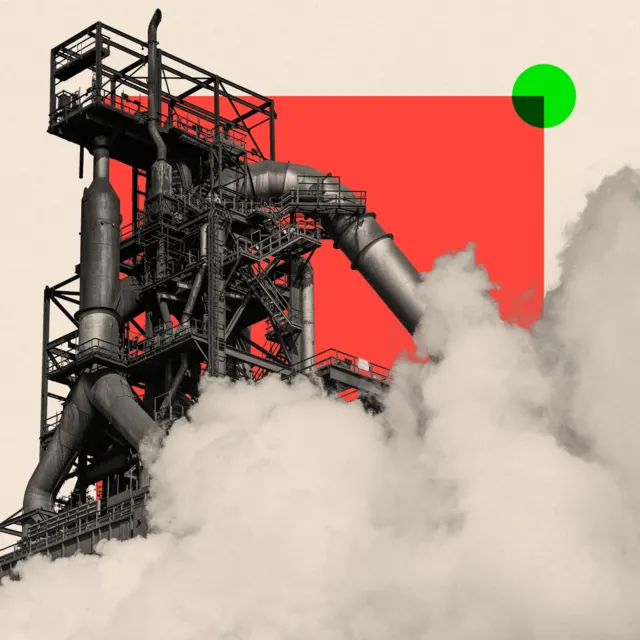
The company plans to replace the blast furnaces with electric arc furnaces, a transition that promises a greener future but raises immediate concerns about job security and the skills needed for this new era. While the investment is significant, the human cost of this transformation is palpable in Port Talbot, a town intrinsically linked to the steel industry.
Historically, the UK’s steel sector has been a cornerstone of its industrial might. From the mid-20th century onwards, steel production was vital for infrastructure, manufacturing, and national defense. However, global competition, fluctuating demand, and the increasing pressure for decarbonization have presented formidable challenges.
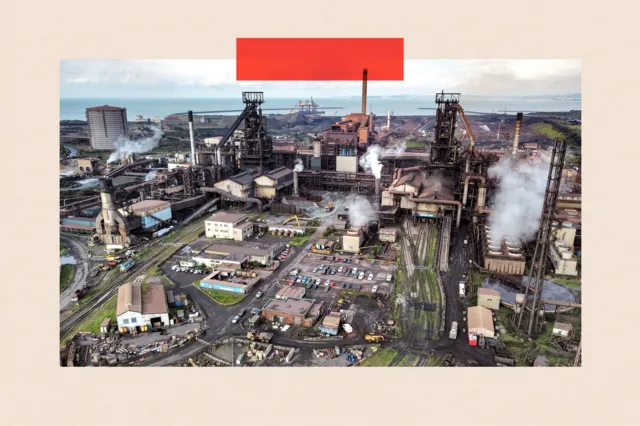
Recent years have seen significant shifts, with the government and industry stakeholders grappling with how to maintain a viable steel sector. The current situation in Port Talbot is a microcosm of these broader challenges, highlighting the complex interplay between economic viability, environmental sustainability, and social responsibility.
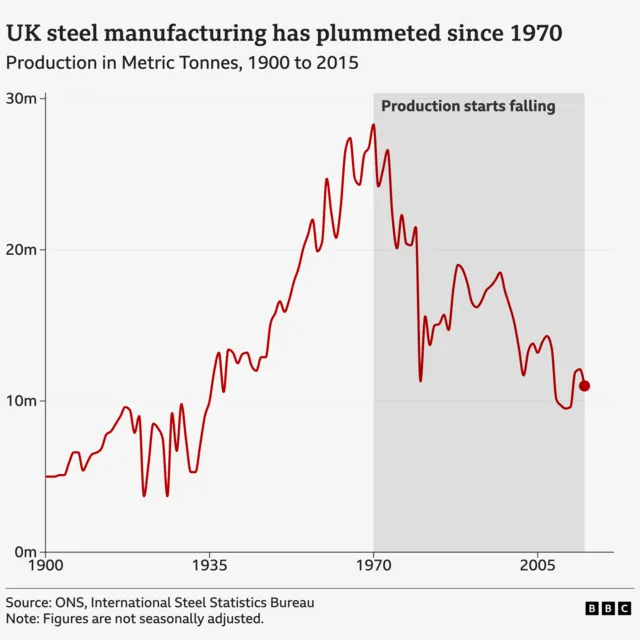
The move towards electric arc furnaces represents a significant technological shift, mirroring global trends in steel manufacturing. These furnaces are more flexible and can utilize a higher proportion of recycled steel, aligning with circular economy principles. However, the closure of blast furnaces signifies the end of an era for traditional steelmaking in Port Talbot.
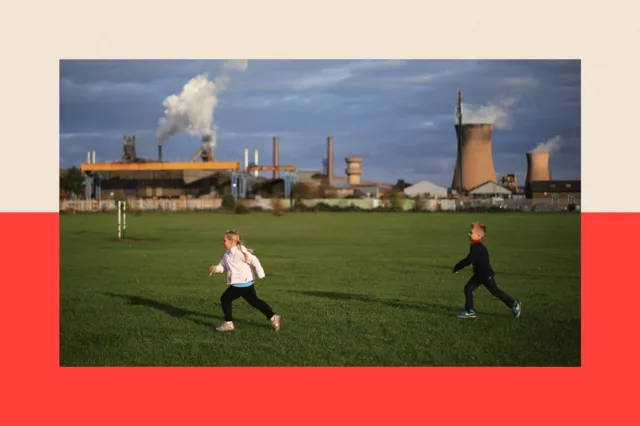
The history of steel in Britain is rich and complex, marked by periods of great prosperity and significant hardship. From the industrial revolution’s demand for iron and steel to its role in wartime production and post-war reconstruction, steel has been integral to the nation’s fabric.

The economic impact on communities like Port Talbot cannot be overstated. For decades, the steelworks have been the primary employer, shaping the town’s identity and economy. The transition plan, while aiming to secure a future for steelmaking, must address the immediate needs of the workforce and the community.

Discussions are ongoing between Tata Steel, unions, and the government to mitigate the impact of the closure and explore options for retraining and supporting affected workers. The focus is on ensuring that the transition to greener steelmaking also provides a just transition for the people whose livelihoods depend on this historic industry.

The future of UK steelmaking hinges on innovation, investment, and a clear industrial strategy. The challenges faced by Port Talbot are a stark reminder of the need for a sustainable and competitive steel sector that can adapt to the evolving global landscape.

Beyond Port Talbot, the UK steel industry faces broader questions. The reliance on imported raw materials, energy costs, and the carbon footprint of traditional steelmaking are all critical factors. The success of Tata Steel’s transition in Port Talbot could serve as a blueprint for other UK steel producers.

The “Save Our Steel” movement, a testament to the public’s emotional connection to the industry, continues to advocate for greater government support and a robust industrial policy. The sentiment on the ground in Port Talbot is one of resilience and a determination to fight for the future of the town and its industry.
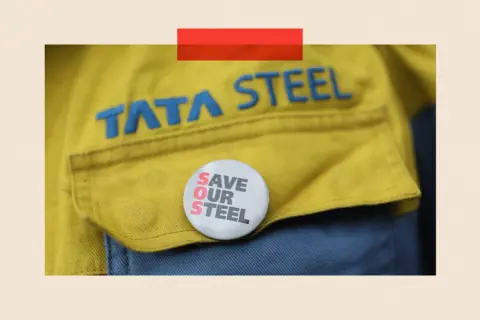
Ultimately, the story of Port Talbot’s steelworks is a microcosm of the UK’s industrial journey. It’s a narrative of innovation, of community, of economic shifts, and of the enduring quest for a sustainable future. The decisions made today will reverberate for generations, shaping not just a town, but the very essence of British manufacturing.

The transition to electric arc furnaces is not merely a technological upgrade; it’s a fundamental reshaping of the steel industry’s footprint, both economically and environmentally.
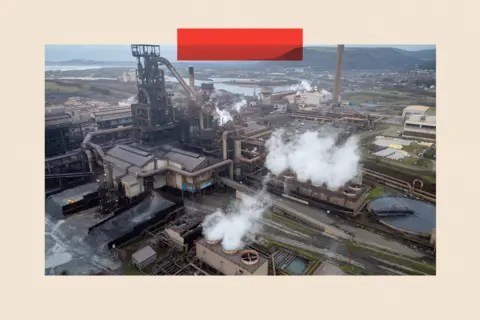
The commitment to a greener future in steel production is undeniable, but the path forward requires careful navigation to ensure that progress does not come at the expense of people and communities.



Post Comment